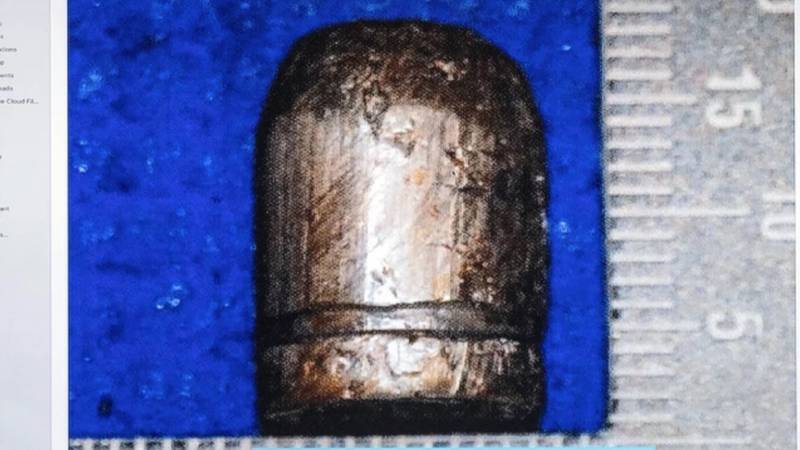It was my understanding from the testimony that the tech was given the OK to destroy the gun in order to determine if it was faulty or not . They generally would not do that unless they needed to find out when and if the firearm would break and I think that’s the very thing they were trying to figure out since he could not get it malfunction in the course of normal operations .
I don’t know maybe if that point you take it apart and check the internals, then put it back together and see if you can break it ???
I don’t know maybe if that point you take it apart and check the internals, then put it back together and see if you can break it ???

